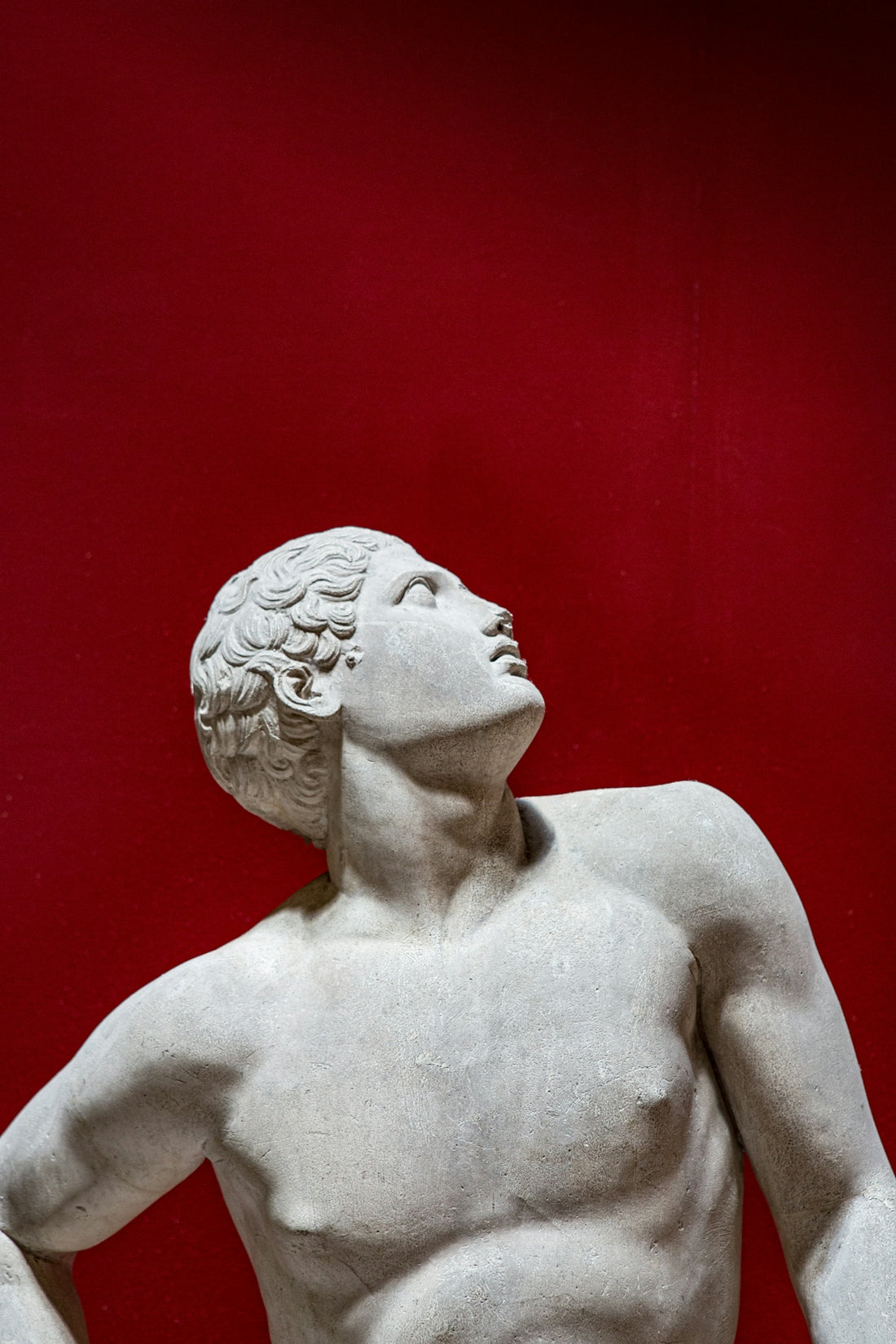
The Do's and Don'ts of Ceramic Sculpture for Amateur Artists
Share
Diving into the world of ceramic sculpture can be both exciting and daunting, especially for amateur artists. Whether you're looking to explore new creative outlets or hone your pottery skills, understanding the basics of sculpture can be a rewarding experience. Here are some do's and don'ts to guide you on your ceramics journey.
Do's:
1. Master the Basics
Before creating complex sculptures, it's important to understand the fundamental techniques of ceramic art. You can explore various methods such as hand-building or wheel throwing. EWF Studios offers a collection exclusively dedicated to Hand-Built Pottery, perfect for beginners.
2. Experiment with Materials
Experimentation is key in discovering your unique style. Delve into different types of clay and glaze combinations to see what works best for your creative vision.
3. Create Functional Art
Combining functionality with artistry can elevate your sculptures. Consider creating pieces that are as useful as they are beautiful, like the Menage a Trois tiered serving platter. It's a delightful piece that adds both aesthetic charm and convenience to any dining setup.
4. Join a Community
Engage with fellow ceramic enthusiasts to share insights and inspiration. This can be through local workshops or online forums. Learning from others is invaluable and can provide you with new perspectives and techniques.
Don'ts:
1. Don't Rush the Process
Patience is crucial in ceramics. From kneading the clay to waiting for your sculptures to dry, respecting the natural timeline of your materials will ultimately lead to better results.
2. Avoid Overloading Your Kiln
It might be tempting to maximize kiln space by including as many pieces as possible. However, every sculpture needs adequate space for proper heat circulation. Overloading can lead to uneven firings and cracked pieces.
3. Don't Ignore Safety Protocols
Always prioritize safety in your workspace. Wearing protective gear, keeping your workspace clean, and ensuring proper ventilation when working with glazes are essential practices.
4. Don't Stick to the Same Methods
While it's important to master certain techniques, don't let that limit your creativity. Explore other methods such as Slip-Cast Ceramics to diversify your skills and broaden your artistic repertoire.
Conclusion
Ceramic sculpture is an art form that beautifully combines creativity, patience, and technique. By following these do's and don'ts, amateur artists can cultivate their skills and create meaningful art. Whether you're crafting a Lip Smacking ice cream bowl or experimenting with intricate designs, your journey in ceramics is a personal and rewarding adventure.
Explore more about the art of ceramics and discover creative products at EWF Studios.


